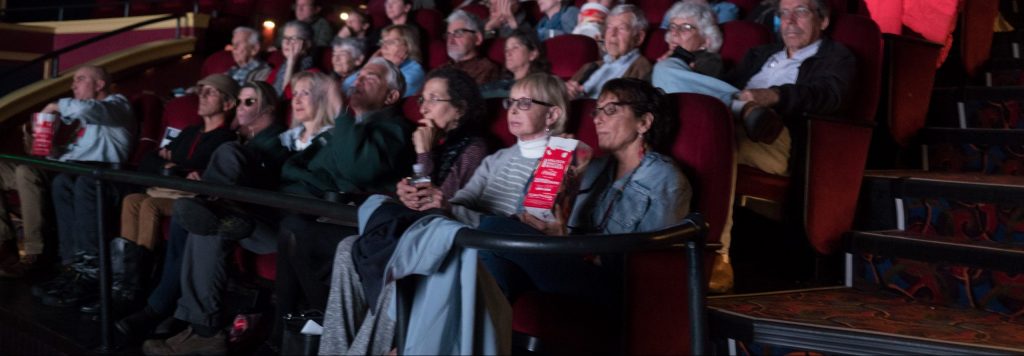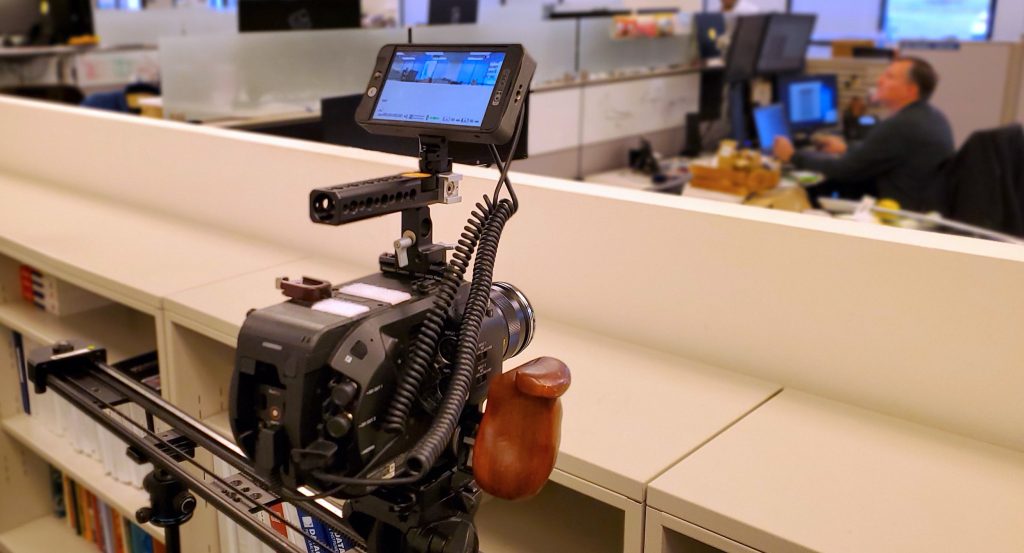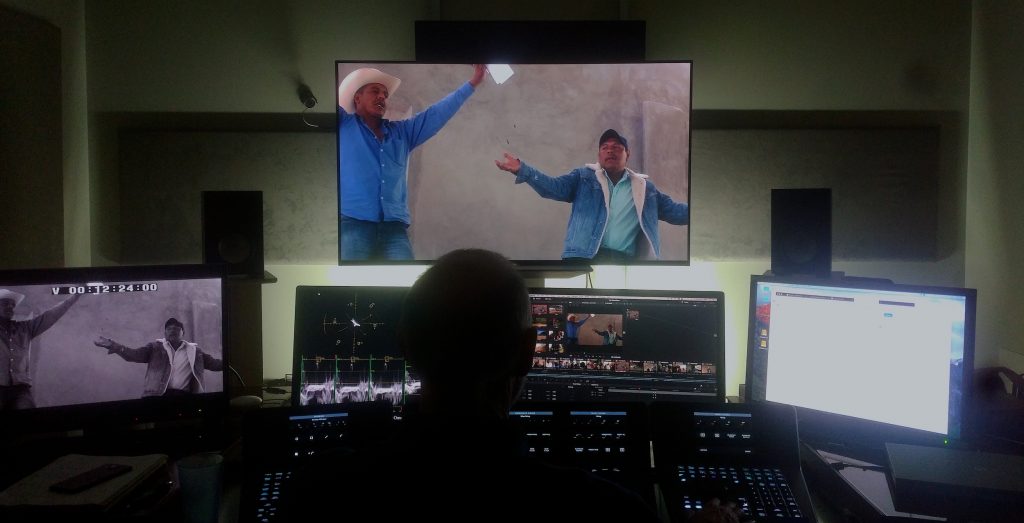A video production has many moving parts, each incurring its own cost with many variables affecting that cost. Clients often approach us, asking: “how much does a 3 minute video cost?” And we’ll answer, “well, it depends” and then we’ll ask questions. Often, they’ll pause on the answers. So we thought it would be helpful to break down the questions every organization should ask and answer before budgeting a video production:
1. Define Your Goal and Audience

The first step in the budgeting process is to clearly identify your goals and audience. Will you be targeting a handful of big donors, a large group at an event, a wider internet or social media audience? Is your goal to raise funds, get views, raise awareness, or a specific advocacy action? Once you’ve solidified both then you can move on to the budgeting specifics. This is the foundation.
2. Decide: What Type of Video Are you Making?
Budgets are largely driven by the type of video that is made and the complexity involved in making. Is it interview based, filming at an event, tracking people over days or weeks? An animation? Generally an interview based video will cost less, as it’s much easier to schedule and shoot sit-down interviews than to capture people over time. Animation can be the costliest on per minute basis. We recently wrote on the blog about 5 types of video every organization needs and why. Clearly defining goals and audience in step 1 will help guide you to answering what type of video you need.
3. Understand Production Phases and Day-Rates

There’s generally three phases for video creation: pre-production, production and post-production. Each one has its own unique features and costs. One thing that’s generally common though is the day-rate. Rather than bill by the hour, most video producers use day-rates, which account for a certain amount of hours in a day (usually 8 or 10) and include all costs for that day. The pre-production stage involves production planning, location scouting, concept meetings and scripting. The production stage involves shoot days with one or more crew members plus all equipment. And for post-production that means editing in a video editing suite, sound mixing and color correction. The day-rate for each phase will vary between companies, but can range anywhere from $1-2,000 a day for pre-production, $1-2,000 a day for a small crew up to $5-10,000 a day for larger crew (director, director of photography, sound mixer, gaffer, makeup artist, etc.). Post-production can also range anywhere from $1-2,500 a day (and sometimes hourly) depending on your needs. You generally want to allow for more pre-production and production days the more complex your project is. So for a simple short interview-based video that may mean only one pre-production day to identify and schedule subjects, write a list of questions and plan logistics, one production day to capture the interviews and two post-production days to edit the interviews and do basic sound-mixing and color correction. While complexity drives the number of days for each stage, there are efforts you can make in the pre-production stage to consolidate content gathering into fewer production days to limit cost.
4. Consider Finishing Costs

After the video is edited and “picture-locked”, the next stage is finishing. Specifically, this refers to sound mixing, sound design and color correction. Many production companies, ours included, will do a basic version of finishing in-house and incorporate that into the editing rate. Or, if the budget and timeline allow, we’ll send the file to a professional post-house with sound designers and colorists who are the most skilled and creative at this work and have specialized tools to do it. Sound-mixing is as much about correcting audio issues as it is about balancing the various sounds in a piece: the voice, the ambient sound and the music, so that the audience can hear all elements clearly and in dynamic ways that enhance the story. Sound design is the process of adding sounds to a mix that weren’t endemic to the scene, and is particularly important in animation as the world is being created from scratch. Color-correction is another key part of finishing. On a simple level, it’s used to fix image issues like exposure and color balance or match the look of different cameras (if you are using more than one on a single shot). We often shoot in SLOG on our FS7, which lets the camera capture a wider dynamic range and allows for more creativity during color-correction, but can increase time and cost. Consider the degree to which you want to invest in finishing cost as you develop your budget.
5. Distribution
Now that you’ve created your video, consider the costs involved in distribution, either through social media ads, broadcast advertisement or PR placement. These costs fall outside the scope of the video product, but should be considered as part of an organization’s larger marketing and comms budget. Distribution decisions should be guided by your goals and audience from step 1, so at this stage it should be more focused on strategy and execution.